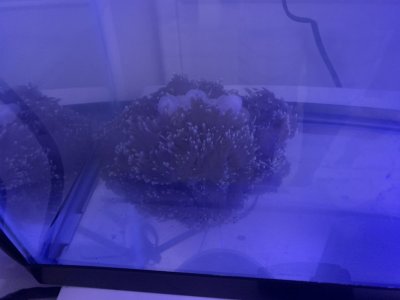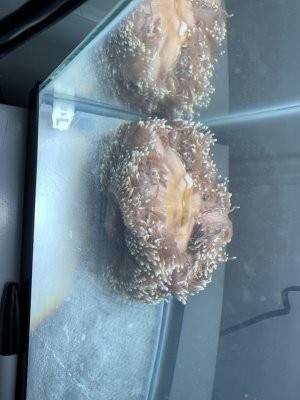Great write up! Thanks for all the info. Hopefully this will help my new nem pull through.
Those in this thread arguing against this method of treatment sound like anti-vaccine activists lol
Those in this thread arguing against this method of treatment sound like anti-vaccine activists lol





















